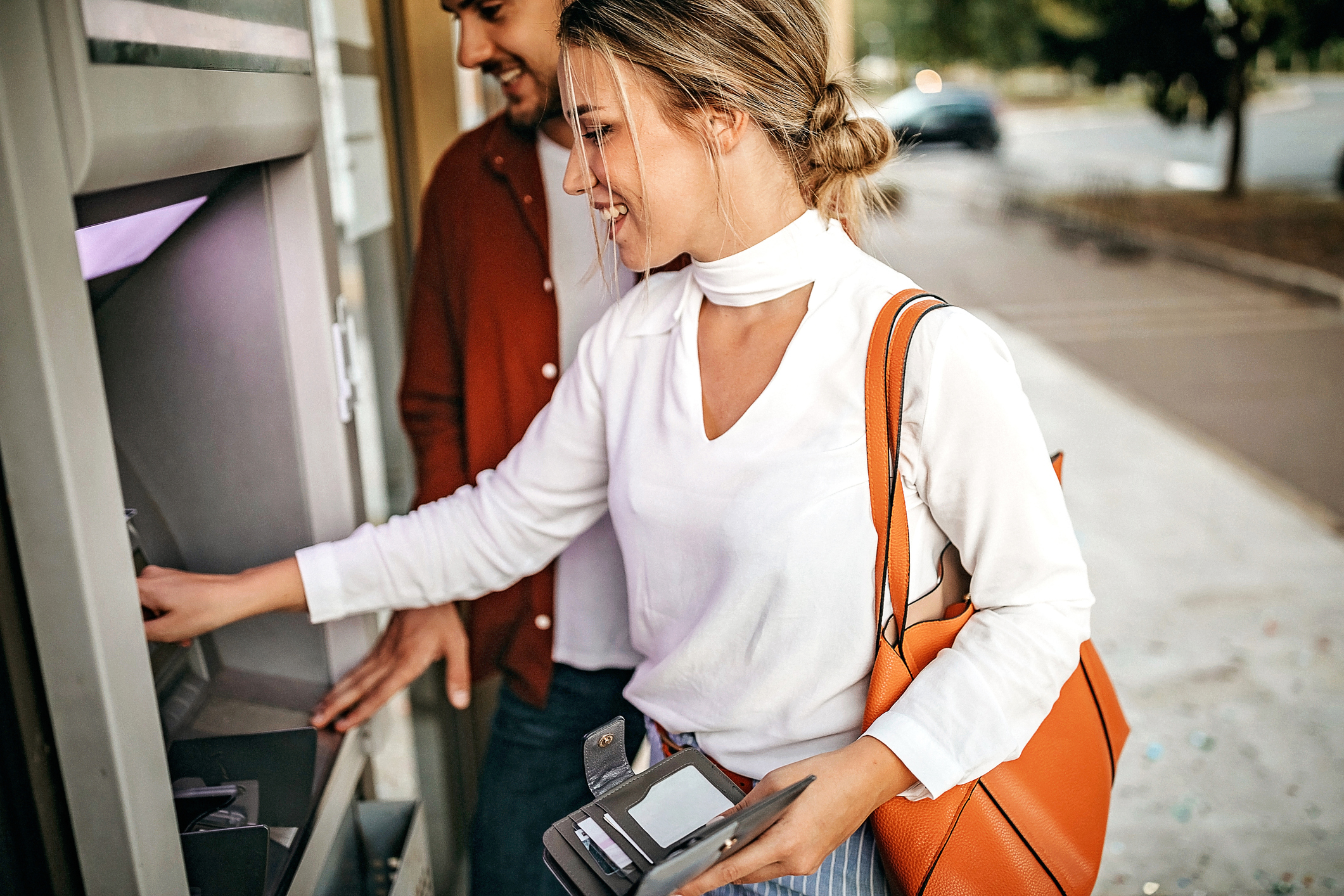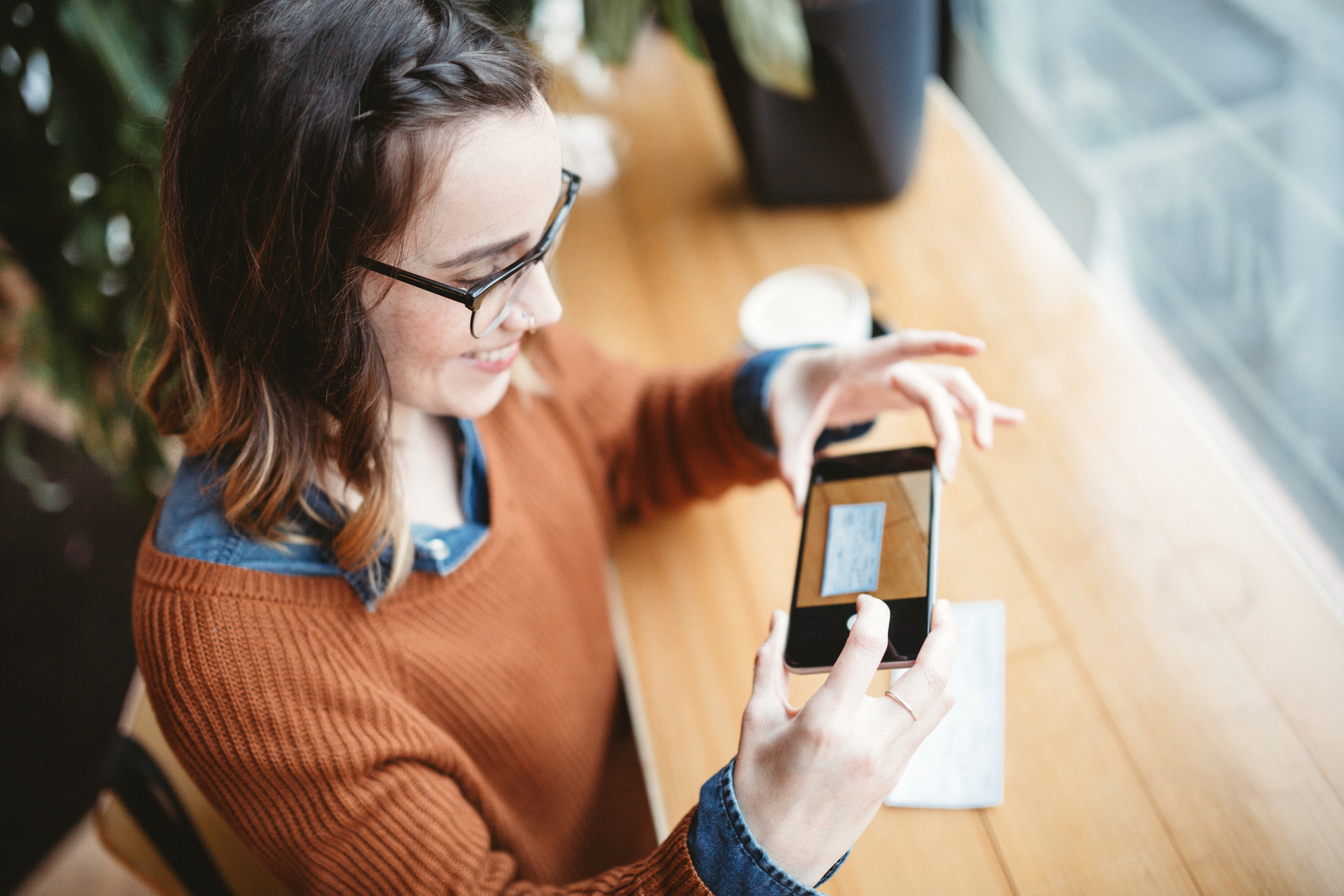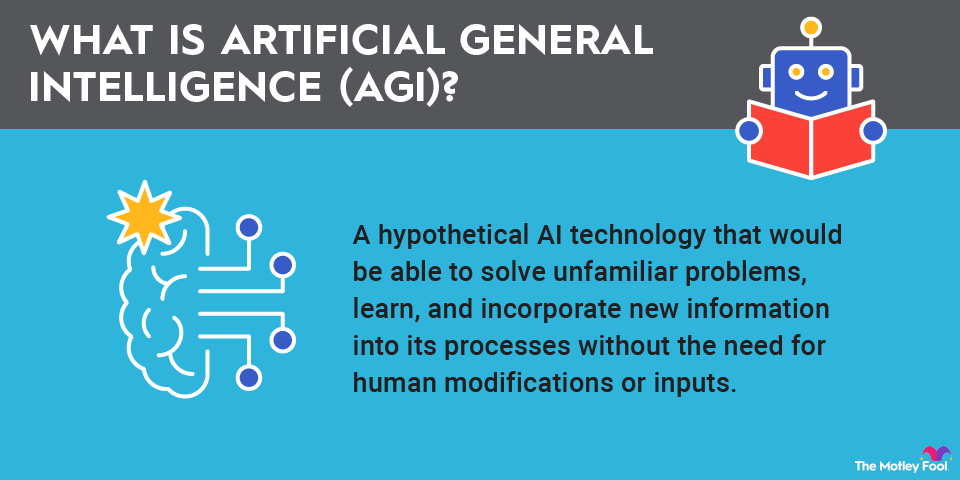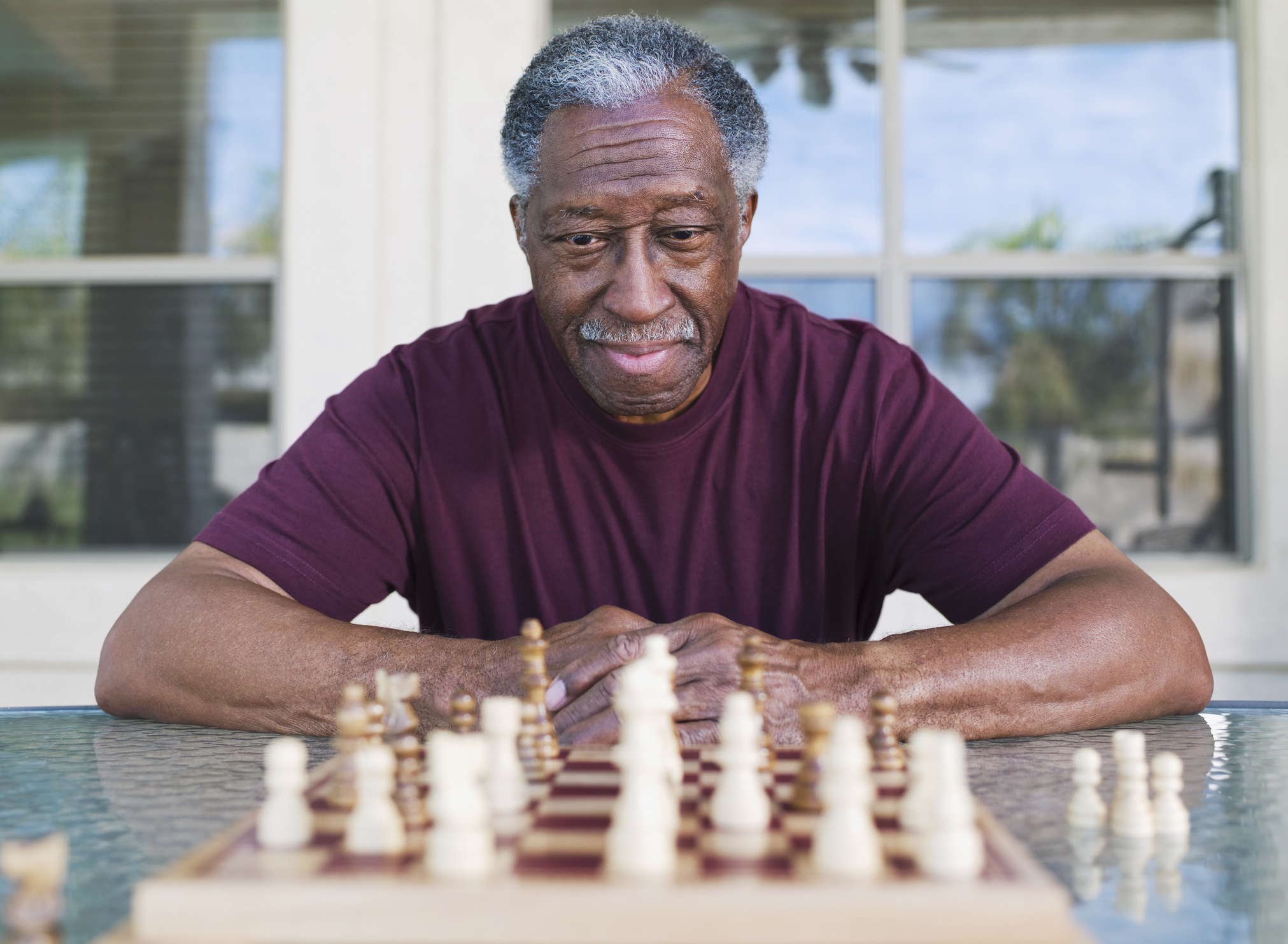Automated teller machines (ATMs) are ubiquitous in today's world, but that wasn't always the case. In fact, the ATM is a relatively new invention, and its popularization is also only a few decades old. Find out more about this useful machine inside.

What is an ATM?
ATMs, also known as automated teller machines, are machines that allow bank customers to do some percentage of their banking without interacting at all with a human. This can be useful for people who are in a hurry or who have a hard time making it to the bank during operating hours.
There are also now Bitcoin ATMs, which allow people to perform similar transactions with their Bitcoin (BTC -0.11%) without using a computer. This might mean they're sending money to other crypto wallets or buying or selling Bitcoin on the open market.
What can you do with an ATM?
For standard ATMs, especially those installed at banks, there are a range of functions you can reasonably expect them to be able to perform. This includes:
Withdrawing funds. Almost everyone who has ever interacted with an ATM has withdrawn money at least once. This was the original purpose the machine was conceived for and continues to be a very popular activity.
Checking balances. Most ATMs will give you a balance update with every transaction, but you can also just use it to check your account balances.
Accepting deposits. Although it's less commonly known, ATMs can accept deposits of cash or checks. Online banking has made depositing checks a lot more secure than dropping them into an ATM, but it's still a function that's available.
Transferring funds. If you need to move money between your accounts, this is also a function that your ATM can perform. Again, it's probably a little easier to do this on your phone, but this remains an option.
Making payments. For ATMs attached to banking institutions, you can often make payments on any lines of credit you may have with the bank. You won't likely be able to pay other institutions, but you can make payments to your bank from the accounts you hold there.
Considerations when using an ATM
If you've never used an ATM before, there can be a few things you really should pay close attention to when using one.
ATM fees
Many ATMs charge some kind of fee for its use, especially if you're not using your bank's ATM. These fees can range pretty widely, but they are generally disclosed on the screen before you agree to use the machine.
Withdrawal limits
In an effort to limit fraud, most banks will impose limits on how much money can be removed from an ATM, especially if you're out of their network. You'll want to check with your bank to see what this limit is, especially if you'll be traveling.
Card skimmers
Often, when debit and credit card numbers are stolen, it's from right under your nose through the use of credit card skimmers. These devices are installed at inconspicuous places where people are in a hurry, like gas stations and ATMs. To help minimize your risk of becoming a victim of a card skimmer, choose your ATMs wisely, opting for those located at or inside your bank or at least in very well-lit, high-traffic areas where it would be difficult for someone malicious to install a skimmer without being noticed. If your ATM and card allow tap-to-pay, that's the ideal way to eliminate the risk of card skimming.
Related investing topics
The rise of ATMs: a brief history
The first ATMs were installed in the 1970s, but they weren't really massively adopted until much later. The earliest machines weren't like today's machines, but once ATMs allowed users to access them using a bank card, they became very simple to use, and adoption accelerated through the early 1990s, although they still weren't necessarily in every city and town.
Through the mid-1990s and into the early 2000s, though, there was an explosion in the popularity of ATMs, and they were installed virtually everywhere. People used them frequently, creating a new income source for banks since they often charge fees for access.
Since the rise of the smartphone and online banking, ATM installations have slowed down quite a bit, but they remain located in nearly every nook and cranny in every city in America.
Although banking customers can do a lot of the same transactions on their phones, a smartphone still can't interact in a significant way with cash. Until that's possible or cash ceases to be used, they're likely to remain important tools in the banking industry.



















